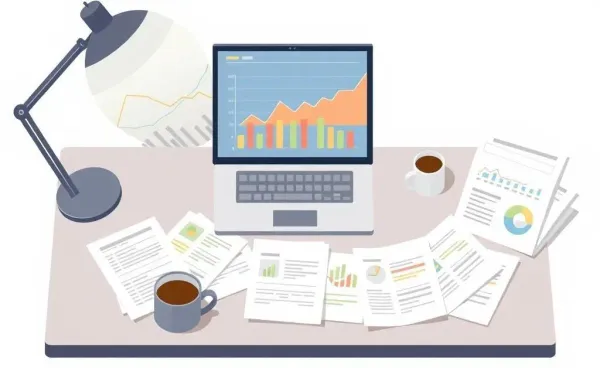Understanding Inflation: Is 3% the New 2%?
Explore why 3% inflation might be the new norm and what it means for you.

Have you ever wondered why inflation targets seem to keep changing? Recently, the chatter around a 3% inflation rate possibly becoming the new norm has caused quite a stir. Traditionally, we've considered 2% inflation as the benchmark for a stable economy, but things are shifting. Let's explore why this might be happening and what it means for financial planning.
What's Behind the 3% Inflation Talk?
While it might sound a bit like financial jargon, discussing inflation rates is really about purchasing power. The idea is that a small amount of inflation is good because it encourages spending rather than hoarding cash. But why the shift from 2% to 3%?
Recent Economic Trends
Several factors are contributing to this potential shift. Persistent supply chain issues, global economic recovery efforts post-pandemic, and changing labor markets all play a role. Central banks might consider a 3% rate as a new target to eventually stabilize economies.

How Could This Affect You?
Understanding inflation is crucial for financial planning. Higher inflation affects savings, investments, and overall cost of living.
- Costs: Everyday expenses, from groceries to gas, could rise gradually.
- Savings: Cash in savings accounts might lose value faster than before.
- Investments: Stocks, real estate, and other investments might draw more attention as a hedge against inflation.
An Anecdote: Coffee Shop Conversations
Imagine sitting in your favorite coffee shop, sipping on a latte, and overhearing two friends chatting about how they've noticed slight price increases in their daily groceries. "It used to be that $50 was a full cart, now it's just one bag!" says one friend. This seemingly small change can reverberate through an economy, just like ripples in a pond.

Navigating Financial Planning in a 3% World
It might be unsettling to consider these changes, but knowledge can be powerful. Here are a few tips:
- Review your budget regularly to account for changing costs.
- Consider diversifying investments to safeguard against inflation.
- Stay informed about economic updates from reliable sources.

Conclusion: Is 3% the New Norm?
While we can't predict the future, staying informed and adaptable can help us navigate whatever comes next. So, is 3% the new 2%? Only time will tell. What are your thoughts on how this shift might impact your financial planning?




